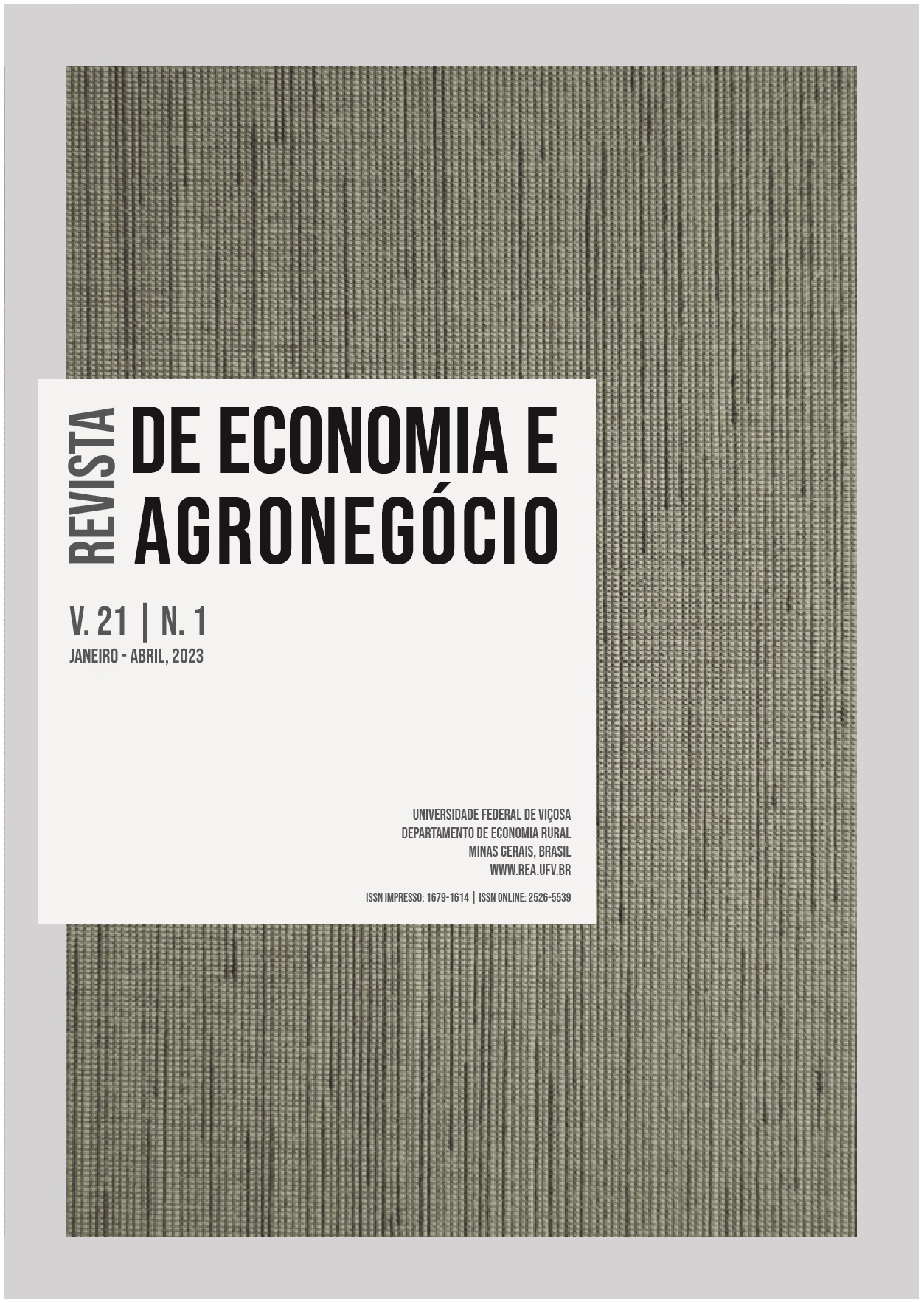STRATEGIES TO PROMOTE INTERMODALITY IN THE AMAZONIAN NORTHERN ARC REGION
A COST-EFFECTIVENESS ANALYSIS OF INFRASTRUCTURE
DOI:
https://doi.org/10.25070/rea.v21i1.14643Resumo
In search of greater competitiveness and lower transport costs, Brazilian agribusiness explores new outflow routes to export ports, among which the departures through the Amazonian Northern Arc. In an environment of investment rationalization and sustainability, evaluating these projects' main economic, social, and environmental benefits is necessary. This study aims to evaluate whether there are socioeconomic benefits to implementing two logistics projects in the Amazon region, Ferrogrão Railway and Araguaia-Tocantins Waterway. A cost-effectiveness analysis (CEA) was applied, which consisted of analyzing the benefits of the projects, such as reduction in the cost of transport, emission of polluting gases, use of trucks, and energy efficiency, which were compared with the value of the investment in three scenarios (2018, 2025 and 2030). As a result, we found that Ferrogrão has the greatest benefits, reducing transport costs by BRL 130 million for each BRL 1 billion invested in 2030. The main conclusion was that based on the social and environmental benefits assessment, both projects contribute broadly to sustainable regional development.
Downloads
Downloads
Publicado
Como Citar
Edição
Seção
Licença
Autores que publicam nesta revista concordam com os seguintes termos:
O artigo não infringe direitos autorais e estes direitos, no caso de o artigo ser aceito para publicação, serão cedidos, de forma exclusiva, à Universidade Federal de Viçosa.




